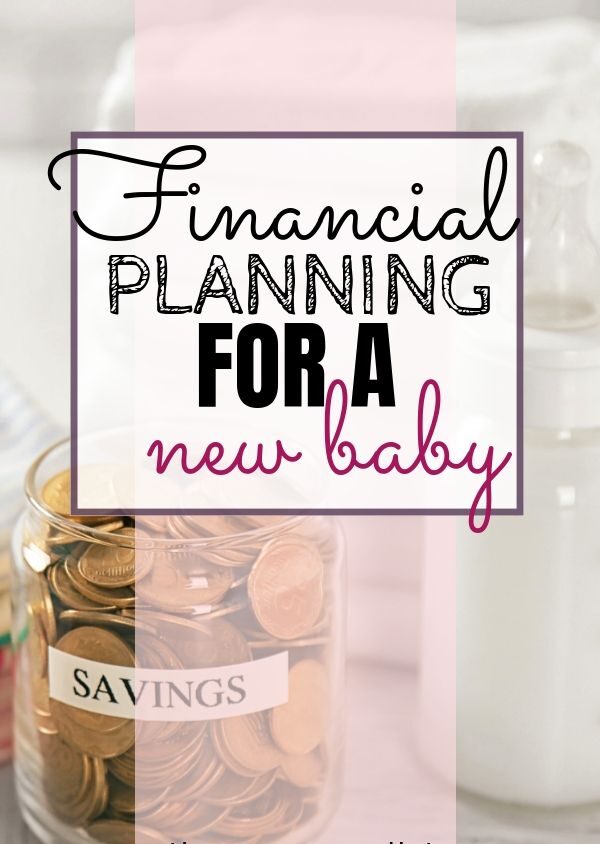Financial Planning for a New Baby
Bringing a new life into the world is an exciting and emotional milestone. But along with joy and anticipation comes the reality of increased financial responsibility. From diapers and daycare to healthcare and college savings, the cost of raising a child can add up quickly. The USDA estimates the average cost of raising a child to age 18 is over $230,000 — and that doesn’t include college.
That’s why having a solid financial plan in place before and after your baby arrives is crucial. Here’s a step-by-step guide to help you prepare financially for your growing family.
1. Assess Your Current Financial Situation
- Income: Know exactly what you and your partner earn.
- Expenses: Identify your fixed and variable monthly costs.
- Debt: List outstanding debts like credit cards, student loans, and car payments.
- Savings: Assess your emergency fund and other savings accounts.
Goal: Have at least 3–6 months’ worth of living expenses saved before your baby arrives.
2. Estimate Baby-Related Costs
Initial costs:
- Crib, stroller, car seat
- Baby clothes and diapers
- Nursery setup
- Maternity/paternity leave gap
Monthly recurring costs:
- Formula/breastfeeding supplies
- Diapers and wipes
- Childcare or daycare
- Health insurance premiums
3. Review Health Insurance Coverage
Having the right health insurance plan can significantly reduce out-of-pocket costs.
Before the baby arrives:
- Compare coverage between your and your partner’s plans.
- Understand your deductibles, copays, and out-of-pocket maximums.
- Check what’s covered for prenatal care, delivery, and hospital stays.
After birth:
- Add your baby to your insurance within 30 days of birth to avoid a lapse in coverage.
4. Update or Create a Will
- Name a guardian for your child in case something happens to both parents.
- Establish trusts if needed to manage inheritance.
- Ensure both parents have a living will and power of attorney.
5. Plan for Parental Leave
- Check your employer’s parental leave policies.
- Start saving now to cover any unpaid time off.
- Explore eligibility for paid family leave or short-term disability.
6. Get or Increase Life Insurance
Life insurance ensures your child is financially supported if something happens to you.
- Choose term life insurance (affordable and sufficient).
- Coverage should be 5–10 times your annual income.
- Include coverage for both working and stay-at-home parents.
7. Start a College Fund
Start early to benefit from compound growth:
- 529 Plan: Tax-free withdrawals for qualified education expenses.
- Coverdell ESA: Can be used for K–12 and college.
- Custodial Accounts: Greater flexibility, but child gains control at legal age.
8. Reevaluate Your Budget
Adjust your budget to reflect your growing family’s needs.
- Reduce unnecessary expenses like dining out and entertainment.
- Use the 50/30/20 rule: 50% Needs, 30% Wants, 20% Savings/Debt.
9. Build or Strengthen Your Emergency Fund
- Aim for 3–6 months of living expenses.
- Keep funds in a high-yield savings account.
- Contribute consistently, even in small amounts.
10. Take Advantage of Baby Showers and Gifts
- Register for essentials only.
- Request contributions to your 529 plan or savings fund.
- Reuse gently used baby gear from friends and family.
Final Thoughts
Financial planning for a baby doesn’t have to be overwhelming. By taking proactive steps, building savings, and protecting your family’s future, you’ll reduce stress and be better prepared for the joys — and costs — of parenthood.
“The best preparation for tomorrow is doing your best today.” – H. Jackson Brown Jr.


